GBHE - Tumblr Posts - Page 2

Menaces to anybody living near bodies of freshwater in the southeastern United States, Gator-commanding Blue Herons are renowned for their ability to tame and control their distant cousins. Unfortunately for their many victims these birds often use their scaly minions for evil, and regularly orchestrate the abductions of beloved pets, unwary children, and foolhardy adults. Global climate change is only exacerbating this problem, as rising sea levels and warmer weather expand their territory to places without hard-won experience in aquatic combat.

Often mistaken for Goading Blue Herons by novice birders, Gargling Blue Herons are significantly more peaceful. Despite a display stance nearly identical to that of their more confrontational cousins, they can be differentiated by the unusual bubbling noise they use as a call. Most commonly spotted near clean water, these fastidious birds have impeccable oral hygiene and wash out their mouths after every meal.



Because they are a complex species! Or, rather, they are a species complex: a group of species that are very closely related to the point that it can be very difficult to differentiate them. This makes them a near-endless font of novel research. Also, they are incredibly photogenic! I’ve been writing about birds and trawling through flickr for about two years now and no other species crops up as often as the GBHE Complex; at this point I’m pretty sure I have as many GBHE photos bookmarked as I do all other birds combined!
Pictured above is a Gams! Blue Heron, known for their strikingly well-formed legs. They are also very clever and hardworking, but unfortunately not taken seriously due to their lissome appearance. Also pictured are the bookmarks on my work web browser, with every subfolder containing at least three more bookmarks.
oh, ew, i hoped to never see one of those outside of a field report
Garmentless Blue Herons are often discovered in areas where few clothes are worn, but are notable for their staunch refusal to wear anything at all regardless of local requirements. For many years it was hypothesized they were simply a nudist offshoot of the GBHE Complex, but their complete absence of presence at designated ‘au naturel’ preserves indicates a darker purpose to their in-the-buff breasted nature. Fortunately for us all they are covered in feathers so the impact of their behaviour is blunted, but their intent is still clear.
gods i wish you had encountered a Genial or even a Goading Blue Heron but unfortunately no @chickenkeeping you got a pervert bird lurking by your pool :/
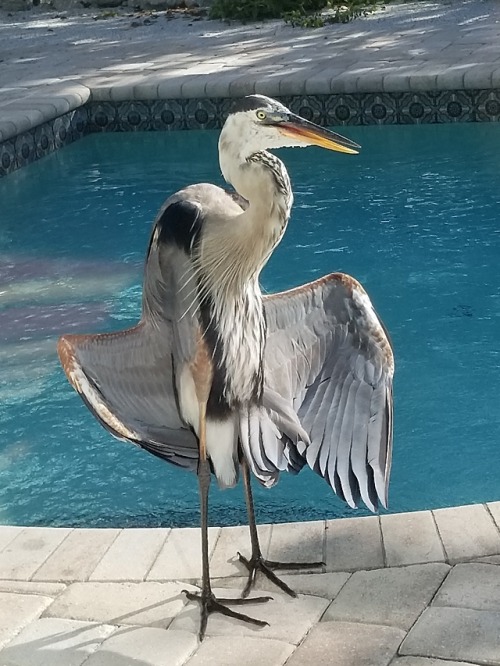
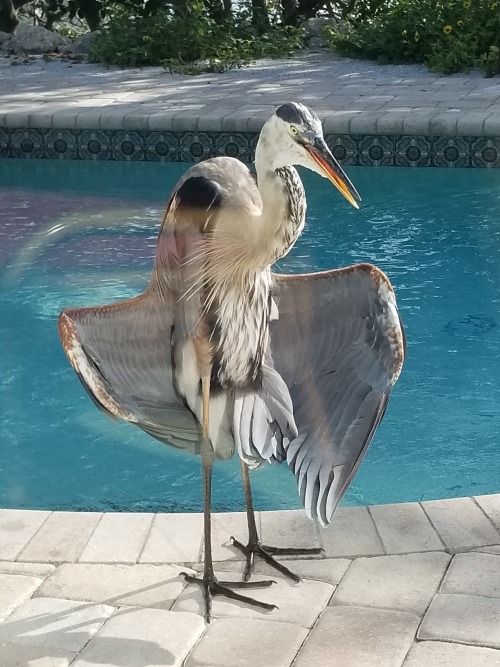
birds are so weird. what is this thing. what is he doing. please I want to swim in that pool
Hello friend! That is a great (ha! ha!) top-level identification, but what you have there is actually a fairly exciting find for a broad daylight sighting! Thank you to @snailkites for bringing this to my attention.
Ghoulish Blue Herons are most often found skulking in marshes, bogs, swamps, or fens during the twilight hours. They are particularly drawn towards freshly-dug corpse graves in half-flooded cemeteries, but any particularly mist-tendriled spot is considered prime location for nesting. Contrary to popular belief, these ghastly gauntbirds do not themselves feed on the freshly-dead, preferring instead to eat what shows up to dine upon the recently departed.

great blue heron
wakodahatchee wetlands, fl
Gratuitous Blue Heron! True to their namesake, they are best identified by their tendency to do things that really did not need doing in a showy manner. There is some bourse (bird discourse) among GBHEnthusiasts regarding a sister species which ALSO goes beyond typical expected behavour and ALSO uses the name Gratuitous Blue Heron (they can differentiated in that their excessive behaviour is generally geared towards being hospitable). Thankfully, casualties number so far in the low hundreds so the bourse has only been graded at mild-to-moderate (suitable for immunized young adults with active evasion training).

North American Nature Photography Association (NANPA) Group
-named for their reliance upon ferries and barges to traverse deep water, not for their similarity to a boat -cannot swim but adept at wading; the specimen photographed is standing in wingpit-deep water -easily confused for Great Boat! Herons, named for their inordinate fondness of well-made watercraft

Great Boat Heron
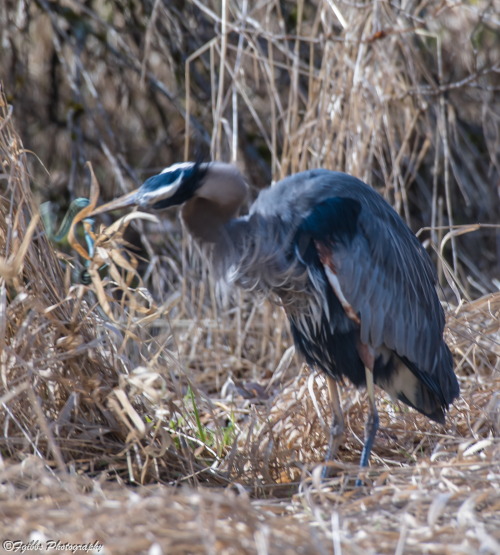
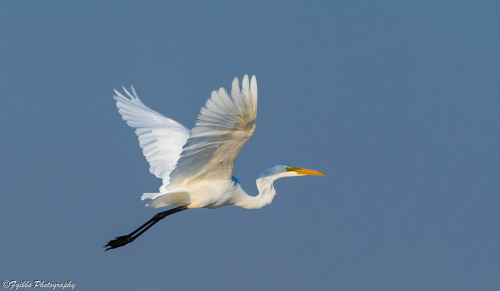
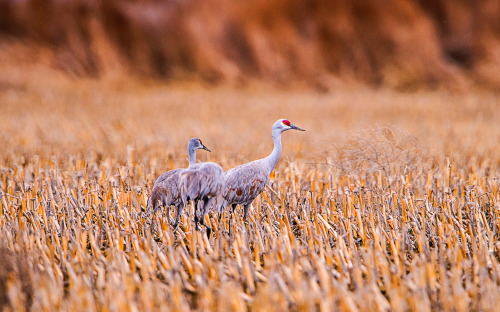
Couple of weeks ago, I was asked to giving a tour of Ridgefield WLR to a bunch of Girl Scout Brownies, unfortunately I said yes (my Businesses partner’s wife is the Scout leader). Well there were 15 little girls, 3 vans and 5 adults. One parent in each van and a fellow birder. There was this one precocious little girl about 5 years old, she wasn’t old enough for the troop but one of the parents brought her along. As I was going thru the WLR (its a drive thru WLR), I showed them an albino Nutria that lives in the park (this becomes important later). I pointed out the Great Blue Heron, talked about its habits, like any tour, about a third was interested, and two thirds was bored. Well this girl just kept asking questions about the bird and I kept asking, next we saw an egret, and again I went thru my spiel was saying that they were in the same family as the Heron, and suddenly the little girl put 2+2 together and of course came up with a great answer, it was an Albino Heron. Well next we saw a couple of Sandhill cranes, I mentioned that they are migrants and were different from the Heron and Egret in that they were more a vegetarian bird. Again the little girl added 2+2 and said that they were like Aunt Judy, they were immigrants and they were vegetarian, to which her mother corrected her and said Judy was Vegan in that she didn’t eat meat or meat byproducts. So to simplify life I propose new names for the following birds.
Great Blue Heron = Great Blue Heron
Egret=Albino Heron
Sandhill Cranes=Vegan Heron.
I have documentation of the dispute in the heron rookery on the 19th of July, your honor.
oh rad! i checked the iNaturalist link for the observation and this Goth Blue Heron was apparently spotted in ontario, which to me is wild bc i would have expected somewhere in the united (for now) kingdom as thats their traditional habitat
![Melanistic Great Blue Heron (Ardea Herodias) [x]](https://64.media.tumblr.com/806756b2fd0c84a1380f25b80f237a35/85af8bceab15402f-06/s500x750/c2eeecd835e623ef6300f61129343d0b216c4962.jpg)
Melanistic great blue heron (Ardea herodias) [x]
[to a large wading bird common near the shores and open waters of north and central america] of course you have blue heron pronouns